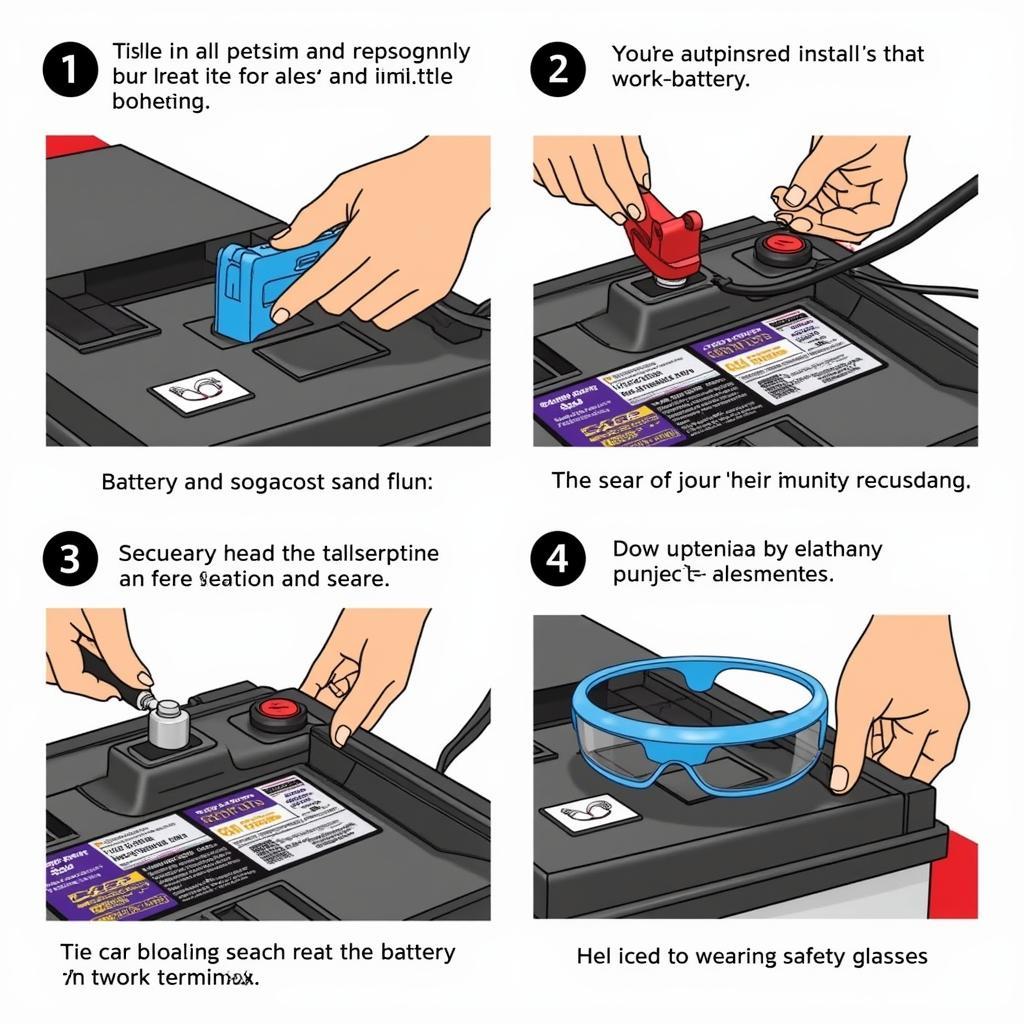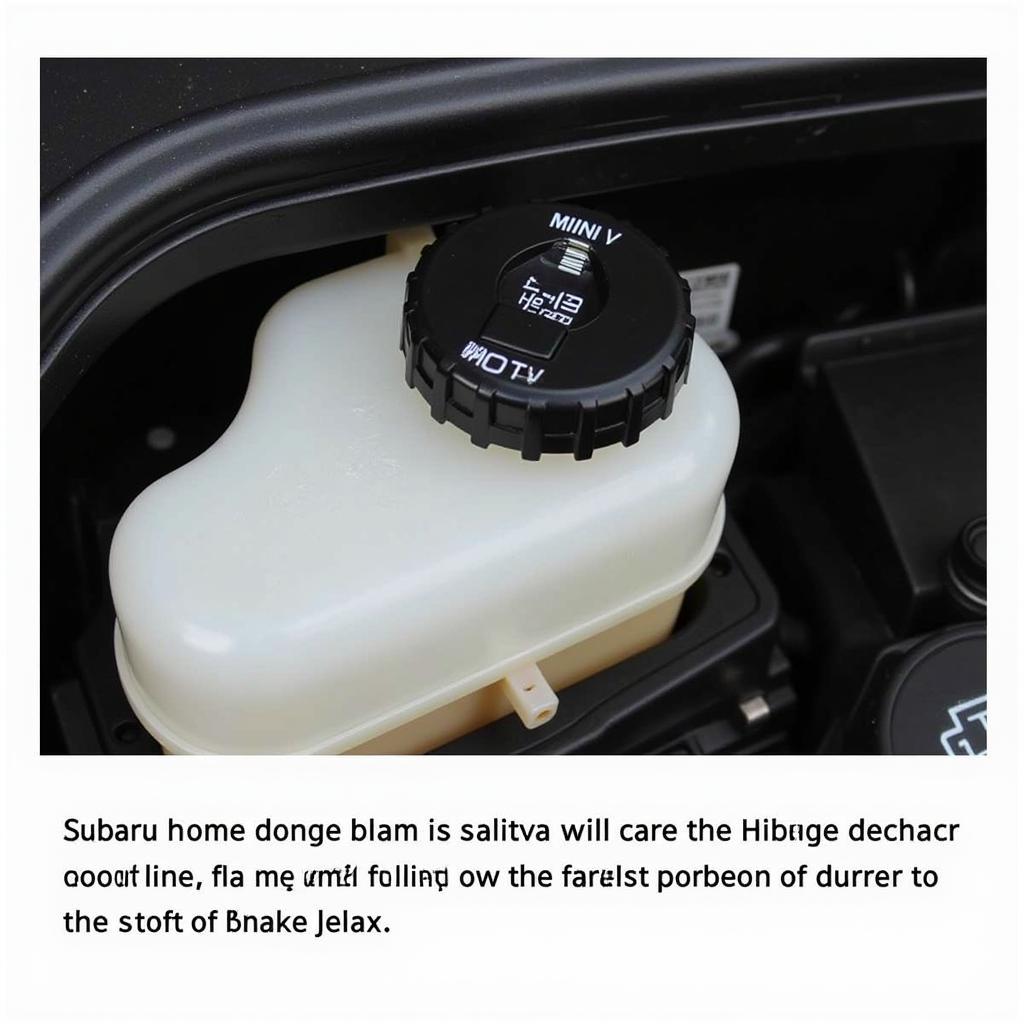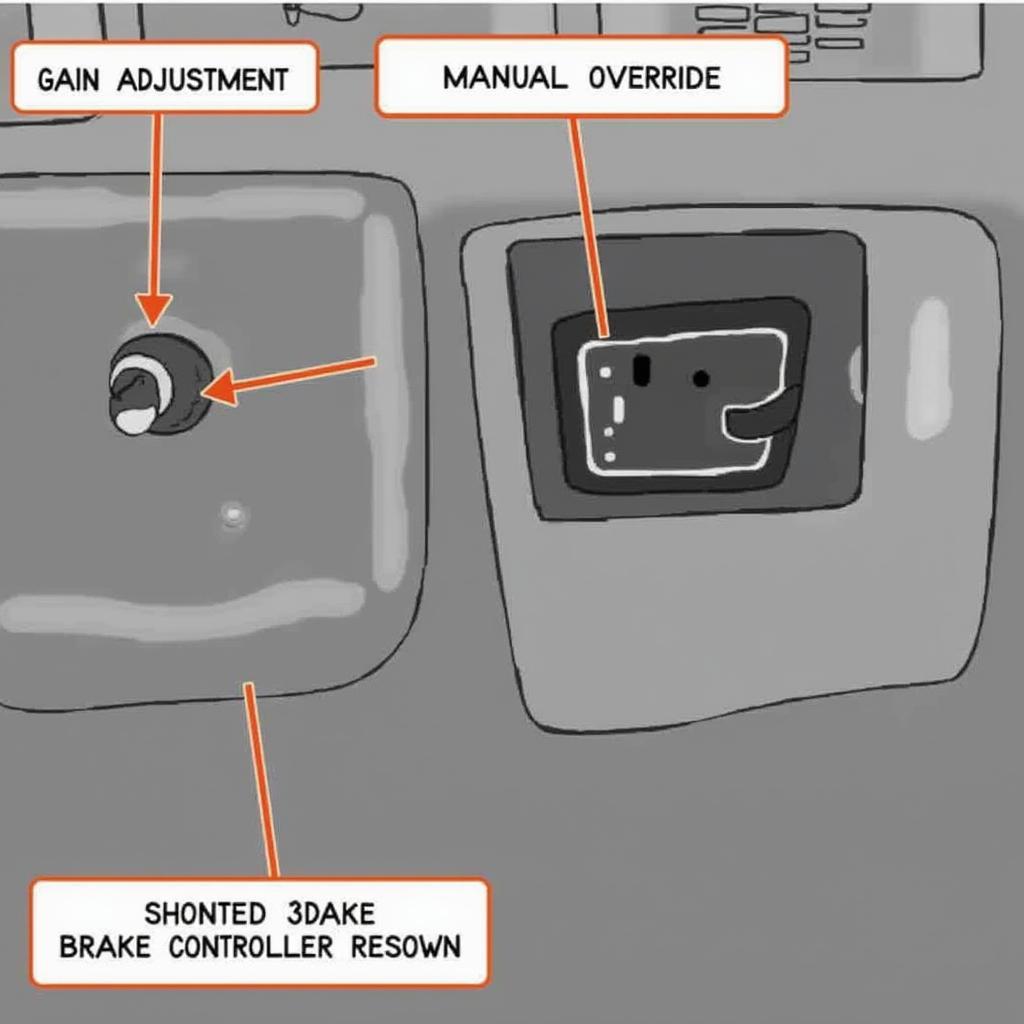Experiencing a battery failure car situation can be incredibly frustrating, leaving you stranded and unsure of what to do. Whether you’re dealing with a completely dead battery or intermittent starting problems, understanding the causes and solutions for car battery failure is essential. This comprehensive guide will equip you with the knowledge to troubleshoot, address, and even prevent future battery issues.
Understanding Car Battery Failure
Car battery failure is a common problem, and several factors can contribute to it. From extreme temperatures to parasitic drains and simply old age, identifying the root cause is the first step to finding the right solution. Let’s explore some of the most frequent culprits behind a dead or failing car battery.
Common Causes of Battery Failure
- Age: Car batteries have a limited lifespan, typically lasting between three to five years. As they age, their ability to hold a charge diminishes, ultimately leading to failure.
- Extreme Temperatures: Both extreme heat and cold can significantly impact battery performance. Heat can evaporate the battery fluid, while cold can slow down the chemical reactions necessary for producing power.
- Parasitic Drains: Even when your car is off, certain electrical components can continue to draw power from the battery, eventually draining it completely. These “parasitic drains” can range from faulty interior lights to malfunctioning radios.
- Corrosion: Battery terminals and cables can corrode over time, hindering the flow of electricity and leading to starting problems.
- Overcharging or Undercharging: A malfunctioning alternator can either overcharge or undercharge the battery, both of which can shorten its lifespan and cause premature failure.
- Loose Connections: Loose or dirty battery connections can interrupt the electrical flow, leading to starting issues and potentially damaging the battery.
Troubleshooting a Battery Failure Car
Before assuming your battery is completely dead, there are a few troubleshooting steps you can take to diagnose the problem.
Checking the Battery
- Visual Inspection: Check the battery terminals for corrosion. If you see a white, powdery substance, clean the terminals with a wire brush and baking soda solution.
- Voltage Test: Use a multimeter to check the battery voltage. A fully charged battery should read around 12.6 volts. A lower reading could indicate a weak or failing battery.
- Load Test: A load test, performed with a special tool, can determine the battery’s ability to hold a charge under stress. This is a more accurate way to assess the battery’s condition.
Other Potential Issues
Sometimes, the problem isn’t the battery itself but another component in the starting system. Check the following:
- Alternator: A faulty alternator can prevent the battery from charging properly.
- Starter: A failing starter can draw excessive current from the battery, leading to starting problems.
- Connections: Ensure all battery cables and connections are tight and clean.
Solutions for Battery Failure
Once you’ve diagnosed the problem, you have several options:
- Jump Start: If your battery is simply discharged, a jump start can get you back on the road. However, be sure to address the underlying cause of the discharge.
- Battery Replacement: If your battery is old, damaged, or failing, replacement is the best option.
- Professional Diagnosis: If you’re unsure about the cause of your battery problems, seek professional help. A qualified mechanic can diagnose the issue and recommend the appropriate solution.
“Regular battery maintenance, including cleaning the terminals and checking the voltage, can significantly extend the life of your battery and prevent unexpected failures,” advises John Smith, Senior Automotive Technician at Smith Auto Repair.
Preventing Future Battery Failures
Taking preventative measures can help you avoid future battery problems:
- Regular Maintenance: Clean the battery terminals regularly and check the voltage periodically.
- Limit Short Trips: Short trips don’t allow the alternator enough time to fully recharge the battery.
- Turn Off Accessories: When your car is off, ensure all lights and accessories are turned off to prevent parasitic drains.
 Installing a New Car Battery
Installing a New Car Battery
Conclusion
Battery failure car problems can be a hassle, but by understanding the common causes, troubleshooting techniques, and preventative measures, you can stay ahead of the curve. Regular maintenance, proper care, and timely replacements will ensure your car starts reliably and keeps you on the move.
“Remember, a healthy battery is crucial for a reliable car. Don’t neglect it,” adds Jane Doe, Lead Mechanic at Doe Automotive Solutions.
FAQ
-
How long does a car battery last? Typically, car batteries last between three to five years.
-
What are the signs of a failing car battery? Signs include slow engine cranking, dimming headlights, and clicking sounds when trying to start.
-
Can I jump-start a car with a completely dead battery? Yes, but it may require a longer jump or a more powerful jump starter.
-
How can I prevent my car battery from dying? Regular maintenance, limiting short trips, and turning off accessories can help prevent battery drain.
-
How much does a car battery replacement cost? The cost varies depending on the type of battery and the vehicle, but it typically ranges from $100 to $300.
-
What should I do if my car battery keeps dying? Have your car’s electrical system checked by a mechanic to identify any underlying issues.
-
Is it safe to jump-start a car? Yes, as long as proper safety precautions are followed.



